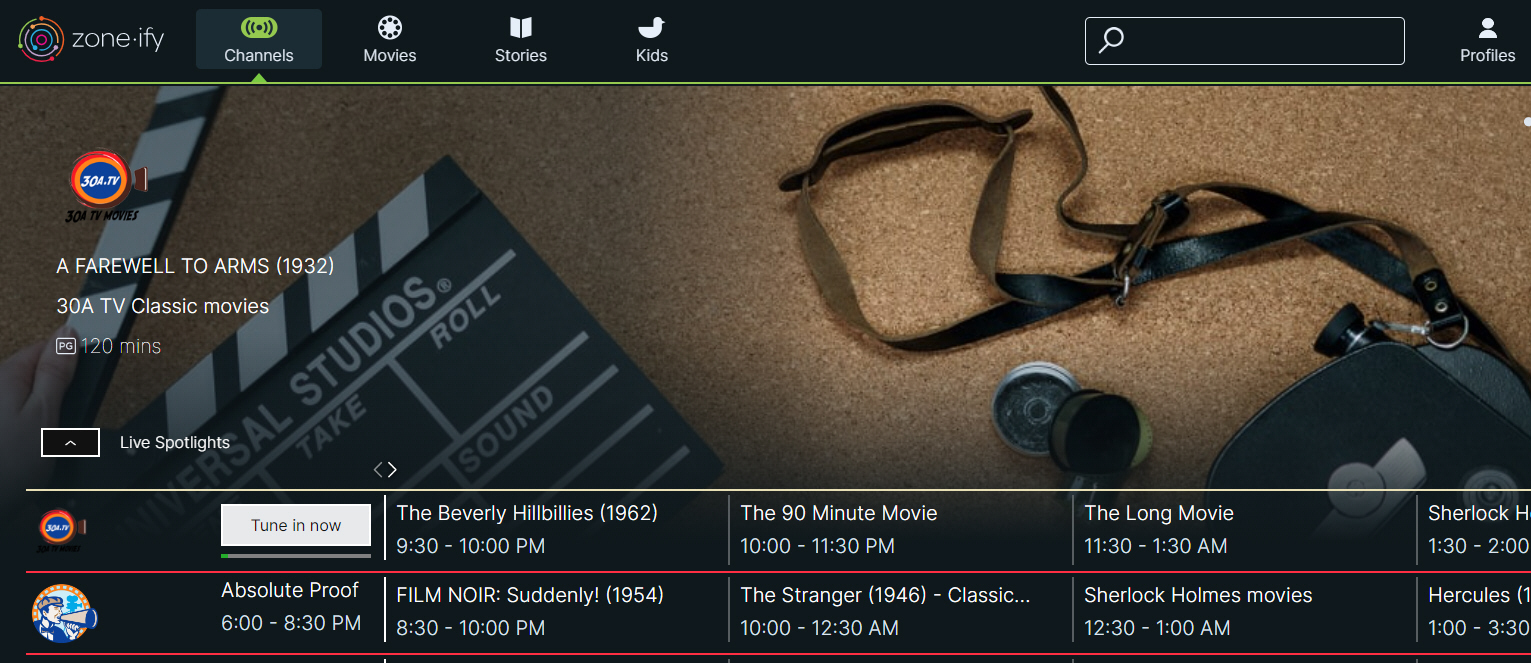As the technology for streaming TV has blossomed, so have the number of acronyms for various aspects of this type of broadcasting. Posted below are some of the more commonly used terms for streamnig TV, typically found on Smart Tvs, Or Roku, Amazon Fire, Apple TV etc
- OTT (Over-the-Top): OTT refers to the delivery of film and TV content over the internet, bypassing traditional cable or satellite providers. Examples of OTT services include Netflix, Hulu, and Disney+.
- IPTV (Internet Protocol Television): IPTV is a method of delivering television services over the internet using the Internet Protocol (IP) network architecture. It allows users to stream live TV channels and on-demand content via broadband internet connection instead of traditional terrestrial, satellite, or cable television formats.
- SVOD (Subscription Video on Demand): SVOD is a streaming service model where users pay a recurring subscription fee to access a library of content. Users can watch as much content as they want without additional charges, as long as they maintain their subscription. Examples of SVOD platforms include Netflix, Amazon Prime Video, and HBO Max.
- AVOD (Ad-Supported Video on Demand): AVOD is a streaming service model where users can access content for free but must watch advertisements during playback. This model is commonly used by platforms like YouTube and Pluto TV, where advertisers pay for ad placements to support the service’s operation.
- TVOD (Transactional Video on Demand): TVOD is a streaming service model where users pay for individual pieces of content on a pay-per-view or pay-per-rental basis. Examples include renting or purchasing movies on platforms like Amazon Prime Video or Apple iTunes.
- VOD (Video on Demand): VOD refers to a system that allows users to select and watch video content whenever they choose, rather than at a scheduled broadcast time. It encompasses various streaming models, including SVOD, AVOD, and TVOD.
- DTC (Direct-to-Consumer): DTC refers to a distribution model where companies provide their products or services directly to consumers without intermediaries. In the context of streaming, DTC streaming services like Disney+ and ESPN+ offer content directly to subscribers without relying on cable or satellite providers.
- CTV (Connected TV): CTV refers to televisions or devices that can connect to the internet and access streaming content. Smart TVs, streaming media players (e.g., Roku, Apple TV), and gaming consoles with streaming capabilities are examples of CTV devices.
- STB (Set-Top Box): STB is a device that connects to a television set and allows it to receive digital television signals, including streaming content. Set-top boxes may offer additional features like DVR functionality, app support, and internet connectivity.
- DVR (Digital Video Recorder): DVR is a device or software that records television programs to a digital storage medium for later viewing. DVR functionality is often integrated into set-top boxes or provided as a feature by streaming services, allowing users to record live TV or schedule recordings of specific shows.
- CDN (Content Delivery Network): CDN is a network of servers distributed geographically to deliver content more efficiently to users. CDNs help reduce latency and improve the delivery speed and reliability of streaming content by caching and serving content from servers closer to the end-users.
- DRM (Digital Rights Management): DRM refers to technologies used to protect the copyright of digital content and control its distribution. DRM systems enforce access control, prevent unauthorized copying, and manage digital rights for content distributed via streaming platforms.
- HLS (HTTP Live Streaming): HLS is a protocol for streaming multimedia content over HTTP. It divides the content into small chunks and adapts the bitrate dynamically to match the available network bandwidth, enabling smooth playback across different devices and network conditions.
- MPEG-DASH (Moving Picture Experts Group – Dynamic Adaptive Streaming over HTTP): MPEG-DASH is a standard for streaming multimedia content over HTTP. Similar to HLS, MPEG-DASH enables adaptive bitrate streaming, allowing content to be delivered efficiently over the internet while adapting to changing network conditions.
- SaaS (Software as a Service): SaaS is a software distribution model where applications are hosted by a third-party provider and made available to customers over the internet. In the context of streaming, SaaS platforms offer streaming services as a subscription-based software solution accessible via web browsers or dedicated apps.
- P2P (Peer-to-Peer): P2P refers to a distributed architecture where participants share resources directly without the need for a central server. While not as common in mainstream streaming services, P2P technology has been used in some streaming applications to reduce bandwidth costs and improve scalability.
- CDN (Content Delivery Network): As mentioned earlier, CDN is a network of servers distributed geographically to deliver content more efficiently to users. CDNs play a crucial role in streaming by caching and serving content from servers located closer to the end-users, reducing latency and improving overall streaming performance.
- FAST Channels (Free Ad-Supported Streaming TV): FAST Channels are streaming services that offer free, ad-supported content similar to traditional linear TV channels. These platforms provide a curated selection of channels with scheduled programming that users can access without a subscription fee. Advertisements are typically inserted into the content to monetize the service. Examples of FAST Channels include Pluto TV, Tubi, and IMDb TV. FAST Channels have gained popularity as consumers seek cost-effective alternatives to traditional pay-TV services and subscription-based streaming platforms. They offer a wide range of content genres, including movies, TV shows, news, sports, and niche programming, making them appealing to a diverse audience. Additionally, FAST Channels often provide live linear channels, giving viewers a familiar TV-like experience while still benefiting from the convenience and flexibility of streaming over the internet.
These detailed explanations provide a comprehensive understanding of each acronym’s role and significance in the context of streaming TV and internet television.

